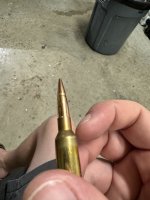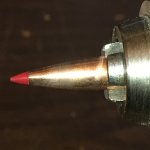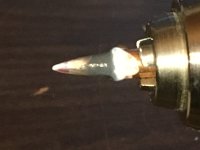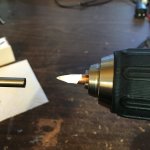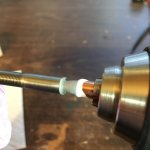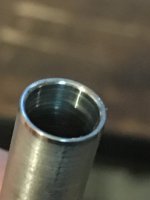I just bought a new Forster Micrometer seating die and am having an issue that is stumping me. I installed the die and loaded up a 1x fired dummy round to find the exact spot to get 2.217 case to ogive. Got it set and went to loading rounds in new unfired brass but the measurements on the live rounds were at 2.254. I adjusted the die on the live round until I was at 2.217 on the live round. Well I put the dummy round back in just to see if it was a fluke and it pushed the dummy round all the way down to 2.19x (can’t remember the exact number). Why would this happen? All my primers are seated and the round chambers nicely. Should I just stick with the 2.217 measurement from the live round? I’m stumped lol
Update: I ran all the brass through a FL bushing die and added dry lube to the necks and all is right with the world now. Went in very smooth with no friction.
Update: I ran all the brass through a FL bushing die and added dry lube to the necks and all is right with the world now. Went in very smooth with no friction.
Last edited:

